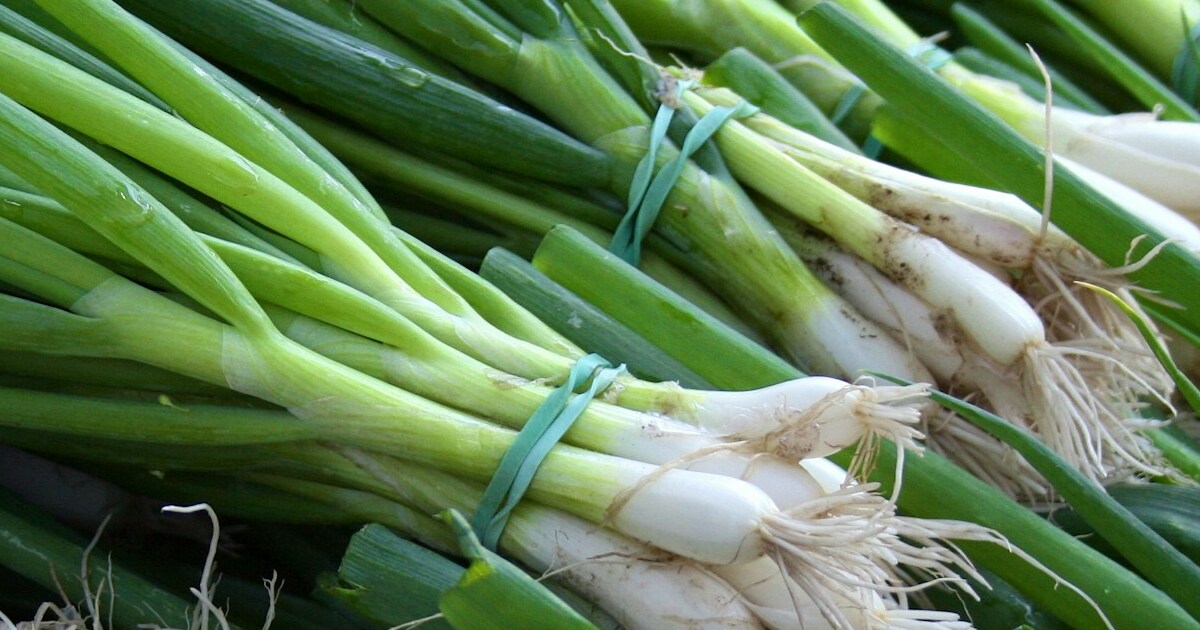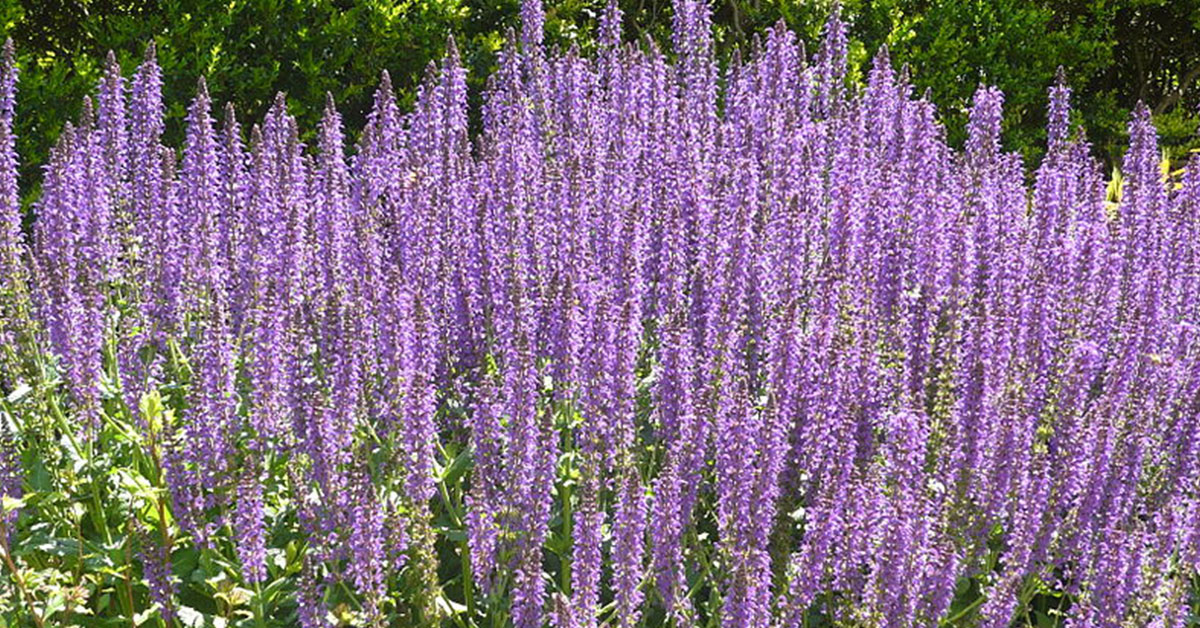Scallions, also known as green onions or spring onions, are a versatile and flavorful addition to any dish. Whether you’re growing them in your backyard garden or in containers on your balcony, knowing the right time to harvest scallions is crucial to ensure optimal taste and texture. Harvesting scallions at the right stage of maturity guarantees a balance between their mild onion flavor and tender, crisp stems.
In this article, we will explore the signs to look for when determining the perfect time to harvest scallions, as well as some useful tips to maximize their freshness and storage life. So, let’s dive in and discover the art of harvesting scallions at their peak!
When to Harvest Scallions
Scallions, also known as green onions or spring onions, can be harvested at different stages depending on your preference. Here are some guidelines for harvesting scallions:
- Baby Scallions: If you prefer a milder flavor and smaller size, you can harvest scallions when they are about 6-8 inches tall and have a thin, delicate stem. This usually takes around 20-30 days after planting the scallion sets or seeds.
- Mature Scallions: For larger scallions with a stronger flavor, you can wait until they reach a height of about 12-18 inches. The stems will be thicker and more robust. This typically takes around 60-90 days after planting.
To harvest scallions, gently loosen the soil around the base of the plant and pull them out by grasping the stems near the soil level. You can harvest the whole plant or selectively pick individual scallions as needed. Remember to leave some scallions in the ground to continue growing if you want a continuous harvest. It’s important to monitor the growth of your scallions and adjust the harvesting time based on your personal taste preferences and the desired size of the scallions.
Signs Your Scallions Are Ready to Be Harvested
Scallions, also known as green onions or spring onions, can be harvested at different stages depending on your preference. Here are some signs to look for when determining if scallions are ready to be harvested:
- Size: Scallions are typically harvested when they reach a desired size. They are usually ready to be harvested when they are around 6-8 inches (15-20 cm) tall. However, you can also harvest them when they are smaller, around 4-6 inches (10-15 cm), if you prefer a milder flavor.
- Leaf color: The leaves of scallions should be a vibrant green color. If the leaves start turning yellow or wilting, it may indicate that the scallions are past their prime and should be harvested.
- Bulb formation: Scallions are known for their long, slender green leaves, but they also develop small bulbs at the base. If you prefer a stronger flavor, you can wait until the bulbs start to swell slightly before harvesting. However, if you prefer a milder taste, you can harvest scallions before the bulbs fully form.
- Firmness: Gently squeeze the base of the scallion near the bulb. If it feels firm and solid, it is a good indication that the scallion is ready to be harvested. If it feels soft or mushy, it may be overripe or starting to rot.
- Time: Scallions can be harvested at any time once they have reached a suitable size. However, if you want to enjoy the tenderest and most flavorful scallions, it is best to harvest them in the early morning when the leaves are still crisp and full of moisture.
Remember, scallions are typically harvested as young plants, so don’t wait too long to harvest them, or they may become tough and lose their delicate flavor.
Signs Your Scallions Aren’t Ripe Yet
When scallions are not yet ripe and should not be harvested, there are a few signs to look out for:
- Size: Scallions that are not yet ripe will be smaller in size compared to mature ones. They need time to grow and develop before they can be harvested.
- Bulb formation: Scallions that are not yet ripe will not have a well-developed bulb at the base. The bulb is an indicator of maturity, and if it is not present or is very small, it’s a sign that the scallions are not ready for harvest.
- Thinness of the green leaves: Immature scallions will have thinner green leaves compared to mature ones. The leaves need time to thicken and become more substantial, indicating that the scallions are ready for harvest.
- Lack of firmness: When scallions are not yet ripe, they may feel soft or have a slight bend to them. Ripe scallions should have a firm texture, indicating that they have reached maturity.
It’s important to allow scallions to reach their full maturity before harvesting to ensure the best flavor and texture.













